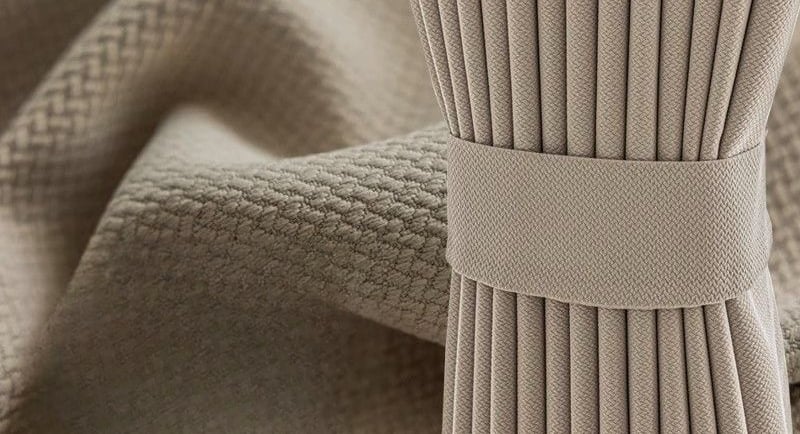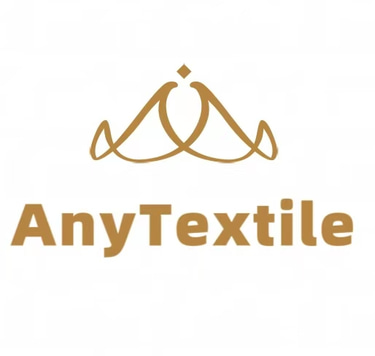The Impact of Energy Prices on Curtain Fabric Production: Sustainability and Cost-Effectiveness Strategies
11/30/20244 min read


Understanding Energy Costs in the Fabric Industry
The fabric industry, particularly the production of curtain fabrics, is significantly influenced by the dynamics of energy costs. A variety of factors contribute to the current landscape of energy prices, which play a crucial role in determining overall production expenses. Geopolitical factors, such as conflicts, trade agreements, and regulations within the oil and gas sectors, lead to volatility in energy prices that affects manufacturers globally. These fluctuations compel fabric producers to adapt their strategies to maintain profitability while ensuring sustainability in their operations.
Market trends also dictate energy costs, with demand for energy in manufacturing coupled with shifts in consumer preferences towards more sustainable products. As the global community increasingly prioritizes environmental responsibility, curtain fabric manufacturers are under pressure to transition away from traditional energy sources. This transition to renewable energy can initially increase operational costs, but long-term benefits may outweigh such expenses. Investing in renewable energy technologies, such as solar or wind, not only supports sustainability but can also stabilize energy costs against future price spikes.
The impact of energy costs on production expenses is profound. In the textile manufacturing sector, where energy consumption is high—from dyeing processes to weaving—variations in energy prices can lead to increased production costs. Such changes can directly affect pricing strategies and profit margins. In terms of operational efficiency, manufacturers are encouraged to adopt energy-efficient technologies and practices to mitigate energy-related expenses. Implementing best practices such as optimized machinery, automation, and energy management systems can result in better resource utilization and lower energy consumption, ensuring a more sustainable and cost-effective production process.
Environmental Sustainability in Textile Production
In the textile industry, particularly within curtain fabric production, energy consumption plays a crucial role in determining sustainability. The connection between energy usage and eco-friendly practices is increasingly being recognized as manufacturers strive to mitigate their environmental impact. High energy consumption in fabric production not only contributes to elevated operational costs but also exacerbates carbon emissions, leading to climate change. This realization drives the need to adopt sustainable practices that prioritize energy efficiency alongside quality.
One effective strategy for promoting sustainability is the utilization of eco-friendly materials. Fabrics made from organic cotton, hemp, or recycled fibers can significantly lower the environmental footprint of the production process. These materials often require less energy to produce than their conventional counterparts. Furthermore, integrating natural dyes and sustainable finishing processes enhances the eco-friendliness of curtain fabrics, contributing to an overall reduction in harmful chemicals released during manufacturing.
Another critical aspect of sustainability in textile production lies in the adoption of energy-efficient machinery. Modernizing equipment to utilize energy-efficient technologies can lead to substantial reductions in energy consumption. For instance, machinery designed to optimize energy use during fabric dyeing and finishing can significantly lower energy costs while maintaining high-quality output. Additionally, investing in machinery that harnesses renewable energy sources, such as solar or wind power, can further enhance sustainability efforts.
Innovative manufacturing processes are also essential for reducing energy consumption. Techniques such as digital printing and 3D weaving not only allow for reduced energy use but also enable manufacturers to create unique, customizable fabrics with minimal waste. By optimizing production methods, curtain fabric manufacturers can contribute to a more sustainable textile industry while meeting consumer demands for both quality and eco-consciousness.
Cost-Effectiveness Strategies for Curtain Fabric Manufacturers
As curtain fabric manufacturers navigate the challenges presented by rising energy prices, implementing effective cost-reduction strategies becomes essential. Energy audits represent a proactive approach, allowing manufacturers to assess their current energy consumption patterns and identify areas for improvement. Through a detailed analysis, manufacturers can target inefficiencies, making informed decisions about where to implement changes that reduce energy costs without sacrificing product quality or operational efficiency.
Investing in energy-efficient technologies is another critical strategy for manufacturers aiming to mitigate energy-related expenses. This may include upgrading machinery to more modern, energy-efficient models, which often consume significantly less power during production. Additionally, employing smart technologies that optimize production schedules and resource allocation can contribute to substantial savings. Adopting practices such as heat recovery systems can enhance efficiency further by utilizing the energy that is typically wasted during the manufacturing process.
Another strategy to counteract rising energy prices involves sourcing alternative energy. Manufacturers might explore partnerships with renewable energy providers, which can offer stable prices and reduce dependence on traditional energy sources. Solar panels or wind turbines can be effectively integrated into manufacturing facilities, allowing companies to harness energy from nature while optimizing long-term costs. This not only curtails energy bills but also fosters a more sustainable business model that resonates with increasingly eco-conscious consumers.
Maintaining a balanced approach between cost-efficiency and sustainability is crucial in today’s market. Manufacturers are encouraged to evaluate the long-term financial and environmental benefits that arise from such investments. By focusing on these strategies, curtain fabric manufacturers can successfully navigate the complexities of rising energy prices while positioning themselves as responsible stewards of the environment. As they adopt these measures, they can reduce costs, enhance product appeal, and ultimately contribute to a more sustainable future for the industry.
Case Studies: Success Stories in Sustainable Fabric Production
Several curtain fabric manufacturers have made significant strides in integrating sustainable practices while managing the challenges posed by energy price fluctuations. One exemplar is EcoTextiles, a company that manufactures a range of curtain fabrics using organic cotton and eco-friendly dyes. Faced with soaring energy costs, EcoTextiles undertook a comprehensive energy audit which revealed substantial opportunities for improvement. By investing in energy-efficient machinery and solar panel installations, the company reduced its energy consumption by over 40%. This not only mitigated the effects of high energy prices but also positioned EcoTextiles as a leader in sustainable fabric production.
Another notable case is GreenWeave, which specializes in recycled polyester curtains. The firm recognized that the logistics of sourcing raw materials were amplifying costs and environmental impact. To counteract this, GreenWeave partnered with local recycling facilities, converting post-consumer plastic into fabric. This initiative not only lowered production costs due to reduced material transportation but also provided a circular economy solution, enhancing the brand's reputation among environmentally conscious consumers. Their collaboration resulted in a 30% decrease in overhead expenses while significantly lowering waste.
As these cases illustrate, the challenges tied to energy pricing can be addressed through innovation and collaboration. Manufacturers are encouraged to take a proactive approach by exploring partnerships that can maximize resource efficiency. Lessons learned from these successful companies underscore the importance of conducting regular energy audits, investing in sustainable technologies, and fostering a culture of sustainability within organizations. Implementing these strategies can lead to not only cost-effective solutions but also a commitment to environmental stewardship, essential in today's fabric production landscape.
Curtains&Fabrics
Design,production,sales,service in curtain fabrics&curtians.
Quality
Products
sales01@anytextile.com
+8615968501933
© 2024. SHAOXING LEYAO IMPORT AND EXPORT CO.LTD All rights reserved.
